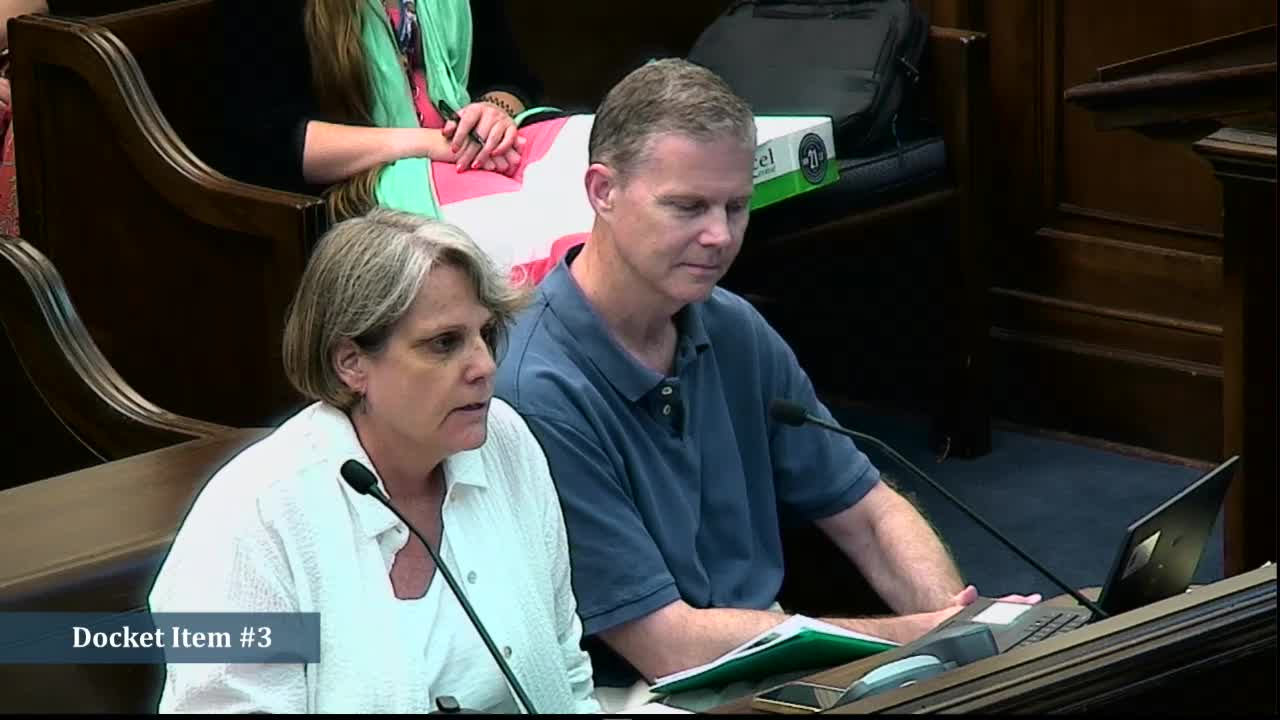Homeowner uncovers shocking window damage during renovation
June 20, 2024 | Alexandria City (Independent), Virginia

This article was created by AI summarizing key points discussed. AI makes mistakes, so for full details and context, please refer to the video of the full meeting. Please report any errors so we can fix them. Report an error »

During a recent government meeting, a homeowner presented a detailed account of the condition of historic windows in their property, emphasizing the urgent need for repair and restoration. The homeowner expressed gratitude for the staff's visit and acknowledged the efforts of a staff member, Bill, in documenting the house's history and the windows' condition.
The homeowner confirmed that the windows in question are not original to the house, having likely been added in the early 1900s, with their current location established in 1952. However, the primary focus of the discussion was the deteriorating state of the windows, which the homeowner described as \"not good.\" They noted that the windows were painted shut, a situation that had concealed significant wood rot and structural issues.
Photographic evidence presented during the meeting illustrated the extent of the damage, including cracked and rotting wood, broken glass, and misaligned meeting rails—indicators of window failure. The homeowner explained that the windows had been poorly maintained, exacerbated by previous neglect and structural shifts in the house. These shifts, resulting from foundational issues, had further compromised the integrity of the windows.
Experts consulted by the homeowner confirmed that the windows had lost their structural integrity and could not be repaired without extensive reconstruction. The homeowner highlighted the implications of the windows' condition, including security vulnerabilities and environmental concerns, such as the influx of mosquitoes.
In conclusion, the homeowner called for immediate attention to the windows' restoration, underscoring the importance of preserving the historical integrity of the property while addressing the pressing structural challenges. The meeting underscored the need for a coordinated effort to address the issues faced by historic homes in the community.
The homeowner confirmed that the windows in question are not original to the house, having likely been added in the early 1900s, with their current location established in 1952. However, the primary focus of the discussion was the deteriorating state of the windows, which the homeowner described as \"not good.\" They noted that the windows were painted shut, a situation that had concealed significant wood rot and structural issues.
Photographic evidence presented during the meeting illustrated the extent of the damage, including cracked and rotting wood, broken glass, and misaligned meeting rails—indicators of window failure. The homeowner explained that the windows had been poorly maintained, exacerbated by previous neglect and structural shifts in the house. These shifts, resulting from foundational issues, had further compromised the integrity of the windows.
Experts consulted by the homeowner confirmed that the windows had lost their structural integrity and could not be repaired without extensive reconstruction. The homeowner highlighted the implications of the windows' condition, including security vulnerabilities and environmental concerns, such as the influx of mosquitoes.
In conclusion, the homeowner called for immediate attention to the windows' restoration, underscoring the importance of preserving the historical integrity of the property while addressing the pressing structural challenges. The meeting underscored the need for a coordinated effort to address the issues faced by historic homes in the community.
View full meeting
This article is based on a recent meeting—watch the full video and explore the complete transcript for deeper insights into the discussion.
View full meeting
